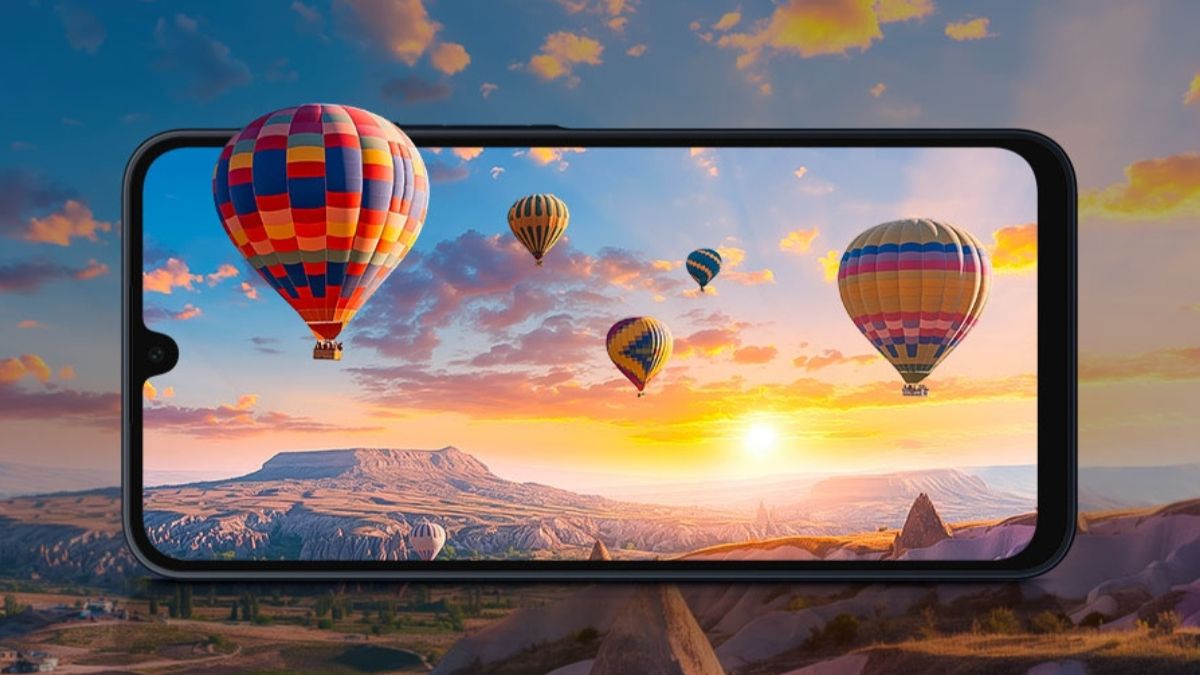The Samsung Galaxy A series has consistently delivered reliable mid-range smartphones with competitive features. With the anticipated launch of the Galaxy A17, industry rumors suggest a notable camera enhancement—Optical Image Stabilization (OIS).
This potential upgrade could significantly elevate the phone’s photography and videography capabilities. Here’s an in-depth analysis of what this means for consumers.
Understanding OIS and Its Importance
Optical Image Stabilization (OIS) is a hardware-based stabilization technology that minimizes blur in photos and videos by physically adjusting the camera lens to counteract hand movements. Unlike Electronic Image Stabilization (EIS), which relies on software cropping and digital adjustments, OIS provides superior stabilization without compromising image quality.
Read More: ChatGPT Down In Pakistan, Other Parts of The World
Key Advantages of OIS in the Galaxy A17:
- Enhanced low-light photography with reduced motion blur
- Smoother video recording, particularly in 1080p and 4K resolutions
- Improved stability for zoomed-in shots (if equipped with a telephoto lens)
- Better performance in night mode and dynamic scenes
Will the Galaxy A17 Actually Include OIS?
Samsung has been progressively integrating premium-tier features into its mid-range devices. The Galaxy A15 5G (2024) already introduced OIS in its 50MP primary camera, making it highly plausible that the A17 will follow this trend.
Projected Camera Specifications (Based on Leaks and Trends):
- 50MP primary sensor (f/1.8 aperture, OIS support)
- 5MP ultra-wide lens
- 2MP macro sensor
- 2MP depth sensor
- 13MP front-facing camera
If Samsung incorporates OIS, the Galaxy A17 would stand out among its predecessors, positioning it as a strong competitor against devices like the Redmi Note 13 Pro and Realme 11 Pro.
OIS vs. EIS: A Comparative Analysis
| Feature | OIS (Optical Image Stabilization) | EIS (Electronic Image Stabilization) |
|---|---|---|
| Stabilization Method | Physical lens movement | Software-based cropping and adjustment |
| Low-Light Performance | Superior clarity and sharpness | Moderate, often grainy or blurred |
| Video Quality | Smoother, minimal distortion | Prone to warping and jelly effect |
| Battery Efficiency | Minimal impact | Higher processing load |
OIS is widely regarded as the superior stabilization method, particularly for photography, while EIS is more commonly found in budget-friendly devices due to its lower production cost.
Read More: iOS 26 Unveiled: Liquid Glass, Visual Intelligence & More
Competing Devices with OIS in the Same Segment
If the Galaxy A17 debuts with OIS, it will compete directly with:
- Redmi Note 13 Pro (OIS-enabled 200MP primary camera)
- Realme 11 Pro (OIS-supported 100MP main sensor)
- Poco X6 Pro (OIS-enhanced imaging capabilities)
Given the increasing emphasis on camera performance in mid-range smartphones, Samsung’s inclusion of OIS in the A17 could be a decisive factor in its market success.
Expected Launch Timeline and Pricing
- Anticipated Release: Late 2024 or early 2025
- Estimated Price Range: $250 – $300 (aligning with the Galaxy A15 5G’s pricing)
Final Assessment: Is OIS a Game-Changer for the Galaxy A17?
- If Samsung includes OIS, the Galaxy A17 could become one of the best camera phones in its price bracket, appealing to photography enthusiasts.
- If OIS is omitted, the device risks falling behind competitors that already offer superior stabilization technologies.
Considering that the Galaxy A15 5G already features OIS, it is reasonable to expect the A17 to inherit this feature, making it a compelling upgrade for users seeking enhanced imaging capabilities. Keep visiting BLOOM PAKISTAN
Read More: Oppo A5i Specifications: Budget Phone with Top Features









